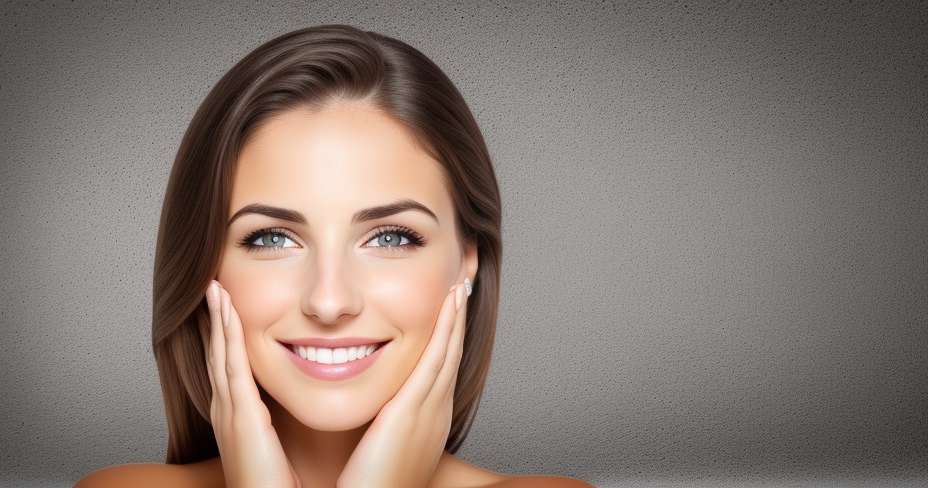The specialists of the Mexican Foundation for Dermatology warn about the skin diseases that appear during the winter season and that are usually aggravated by low temperatures. The most common is xerosis or extreme dryness of the skin. This dryness may predispose others skin problems . In people suffering from circulatory problems, these can be aggravated when the thermometer drops. During the winter, the skin suffers from dehydration since the cold decreases the humidity relative air and gets to dry considerably the epidermis.
As for the frequency of skin disorders, it is believed that women are more vulnerable than men, although they also come to present them. The white skin is more sensitive that the brunette, and older people come to consultation more frequently because the itch it is accentuated in almost all his body.
The cold can also cause the appearance of chilblains (reddening of the hands), cold urticaria, livedo reticularis (a kind of violaceous coloring on the extremities), acrocyanosis (purple hands and feet) and the Raynaud's phenomenon (Redness of the skin also in extremities), the latter can accompany generalized diseases or occurs in isolation leaving injuries that impact even the newborn.
Tips to protect the skin from the cold
- During the cold months you have to adequately hydrate the entire body , but especially the face and hands, since they are the parts most exposed to low temperatures. Never forget the care of the lips, very damaged by the cold. For this, dermatologists recommend using lip ointments with sunscreen and, above all, avoid wetting them with saliva when they are dry, because, although at first it brings a sense of relief, then it produces even greater irritation and dryness
- Do not abuse the hot water baths . Although in winter they are always appreciated, it is not advisable to abuse them because they damage the epidermis and are bad for circulation. In addition, after the shower it is advisable to always finish with a cold water jet, especially on the legs
- Use a quality soap and appropriate for each skin type . The specialists recommend that it be soft, neutral and not aggressive. The best soaps are oatmeal, although they have the disadvantage that sometimes they leave the bathtub very slippery, and can be dangerous for the elderly. It is important to use appropriate soaps for children. Dermatologists recommend using oatmeal and then moisturize the skin abundantly, because they ensure that excess hydration is never bad, which can be harmful is not using the right cream for each type of skin
- Take special care with the sudden changes in temperature when entering and leaving the premises with heating, since the passage from cold to heat or vice versa is negative for the skin, especially for sensitive
- Avoid non-breathable or irritating clothing or footwear
- Patients with dry, sensitive skin or skin diseases that worsen in winter should seek increase the environmental humidity of the home or place of work. This can be achieved by humidifiers, environmental humidification systems or simply by placing wet towels in radiators or heat sources. This type of measures can also alleviate other types of diseases such as asthma or dry mucous membranes
- Pay special Attention to the skin of children and elderly people. The Appearance of dry plates, fissures and scales is usual in these population groups because they are more sensitive to the changes of winter
Before any doubt or skin problem, it is best to always go to the dermatologist
Video Medicine: SKIN CARE Q&A: pH, DOUBLE CLEANSE, cold cream, vit D.???????? (April 2024).
